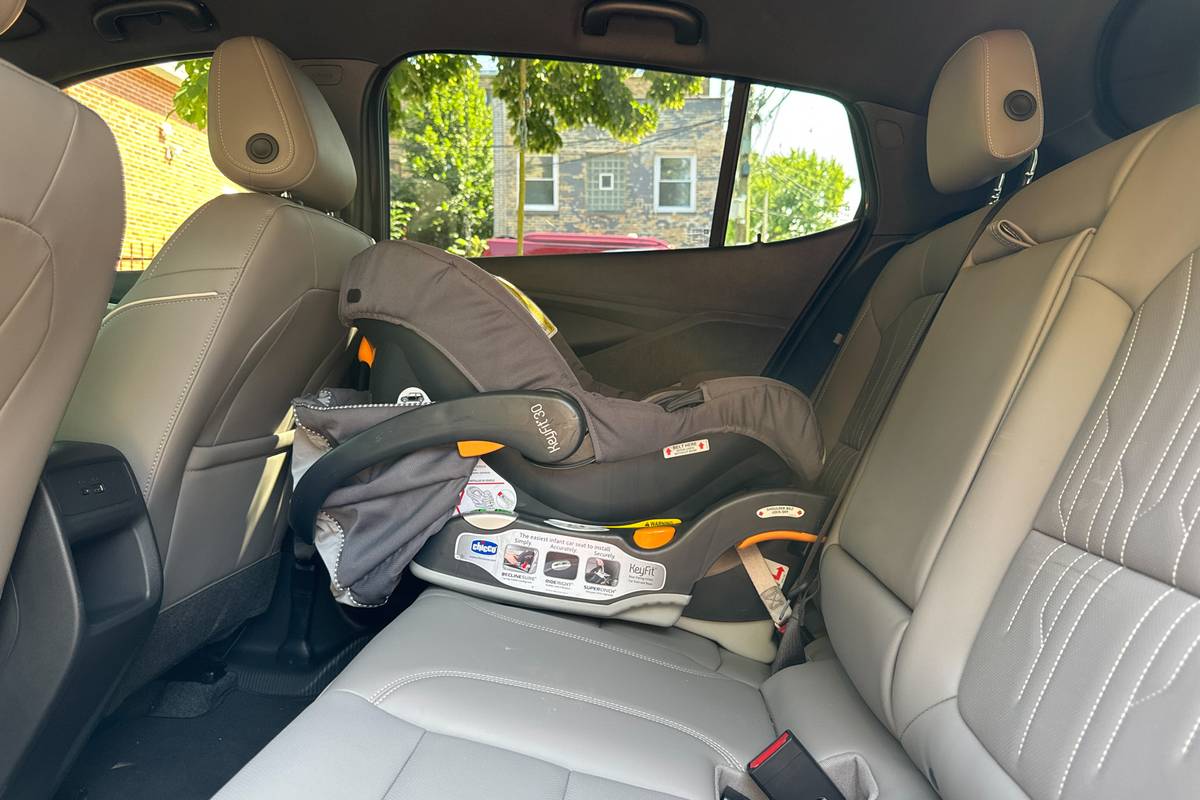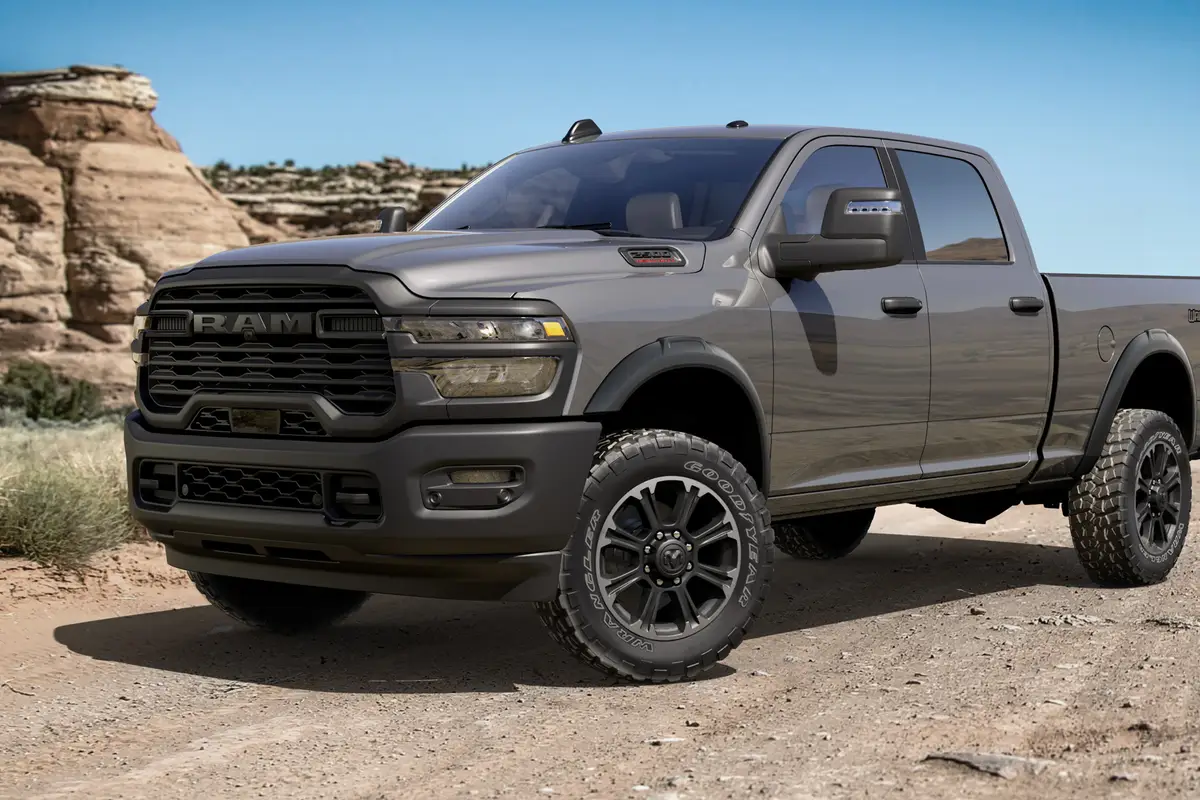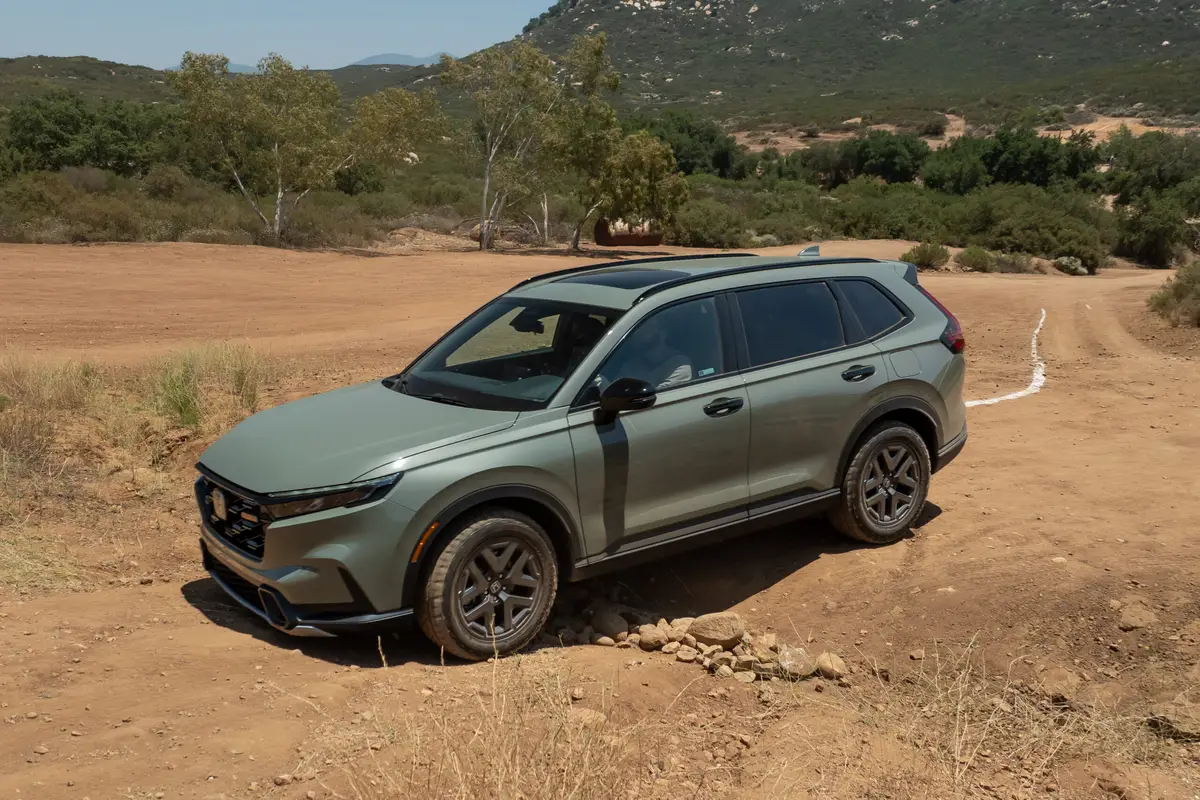IndyStar.com's view
Cadillac has been casting around for some time for a product it could call a “world car.” And with the 1998 Seville, it looks like it’s found it.
The ’98 Seville, which debuted at the Frankfurt and Tokyo auto shows, was designed to lead Cadillac into global markets. It is expected in the local Lockhart and Tutwiler Cadillac agencies sometime in December.
Offered is a new vehicle structure, evolutionary exterior styling, some revolutionary technology, and the expected luxury on wheels associated with the Cadillac name.
While the styling basically is a softer version of the predecessor Seville, none of the pieces is carried over.
As SLS (Seville Luxury Sedan) and the STS (Seville Touring Sedan) models, there is a host of features designed to add performance, comfort and convenience to the product mix.
Both models offer the powerful Northstar V-8 with four overhead cams and four valves per cylinder. The SLS has a 275-horsepower engine, while the STS has a 300-horse motor.
This is the third generation Northstar and has been upgraded for smoother, quieter operation. A new technological advancement is a water-cooled Delphi generator.
The Seville has StabiliTrak, which monitors what a vehicle is going to do so as to enhance vehicle stability. It’s sort of like having a co-pilot. In addition, the system works in conjunction with a continuously variable road sensing suspension.
The really advanced technology is a feature called Performance Algorithm Shifting (PAS). that is exclusive to the STS. What PAS breaks down to is that the STS’ four-speed automatic transmission acts like a manual gearbox during performance driving.
For example, when braking for a corner, the PAS unit will automatically downshift and find the correct gear for the cornering speed. It then will hold that gear while the driver accelerates off the corner.
Acting like a “smart transmission,” the system holds its gear though the corner and prevents any upshifting that might upset the balance of the car.
For the fly-low contingent, the 300-horsepower V-8 obviously is the preferred selection. There is not a great deal of difference from the 275-horsepower motor for 0-60 miles per hour acceleration runs, but the top speeds are worlds apart.
Zero to 60 mph for the STS is 7.64 seconds vs. 7.70 for the SLS. Running with the hammer down gets those 300 horses to 150 mph. For the SLS, it’s 112 mph.
Interestingly enough, despite the difference in power, fuel mileage between the two engines is the same, 17 mpg city/26 highway.
With the new sedan’s architecture based on the extremely rigid G-body platform, the Seville’s wheelbase has been increased to 112.2 inches, up from 111 inches. The track has been widened from 60.9 inches front and rear to 62.7 inches front and 62.3 rear for a more aggressive stance.
The American-market Seville is 201 inches long, a drop of 3 inches. The export Seville is to be 196.5 inches long.
There are minor styling differences, such as grill e appearance, wheel appearance, and tail-end design for the SLS and STS.
The instrumentation utilizes a high-definition fluorescent light source. The driver information system can display five languages. There is an optional hands-free cellular telephone available. On the STS, the steering wheel has a power tilt and telephone feature.
The 1998 Seville, of course, isn’t an econobox. It’s price is estimated to be between $43,000 and $52,000, depending on model and options.
Latest news



